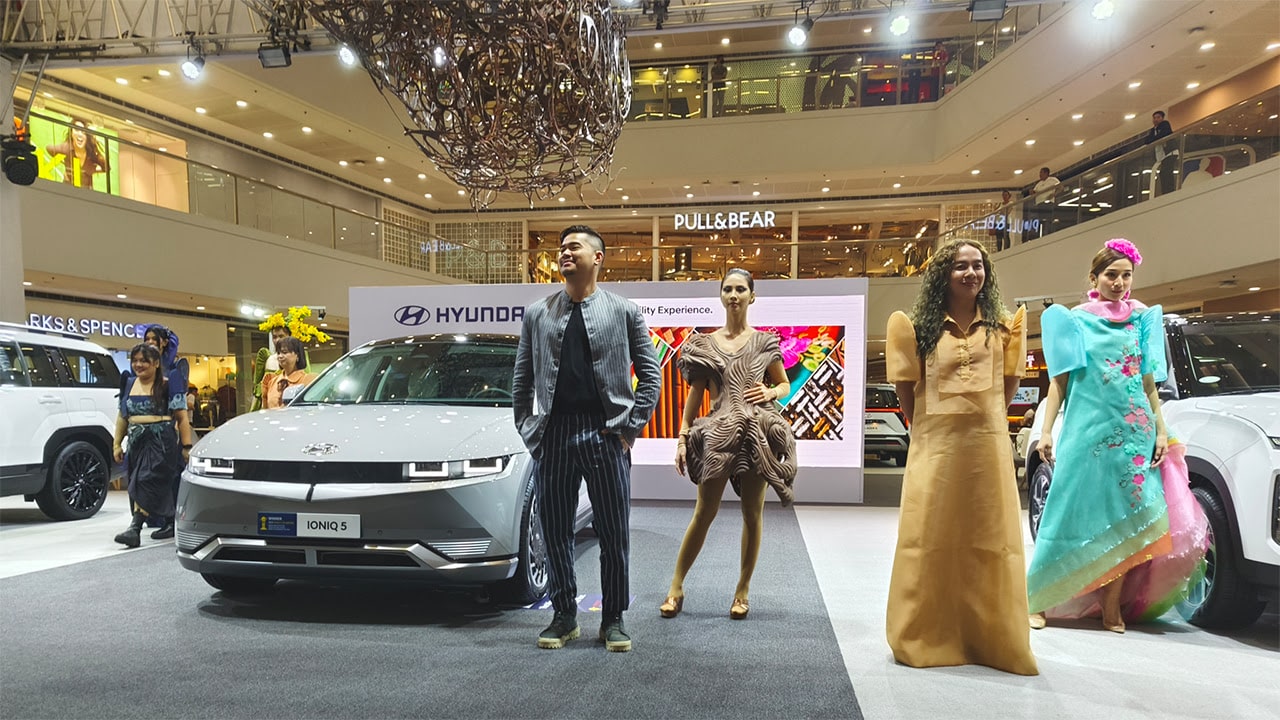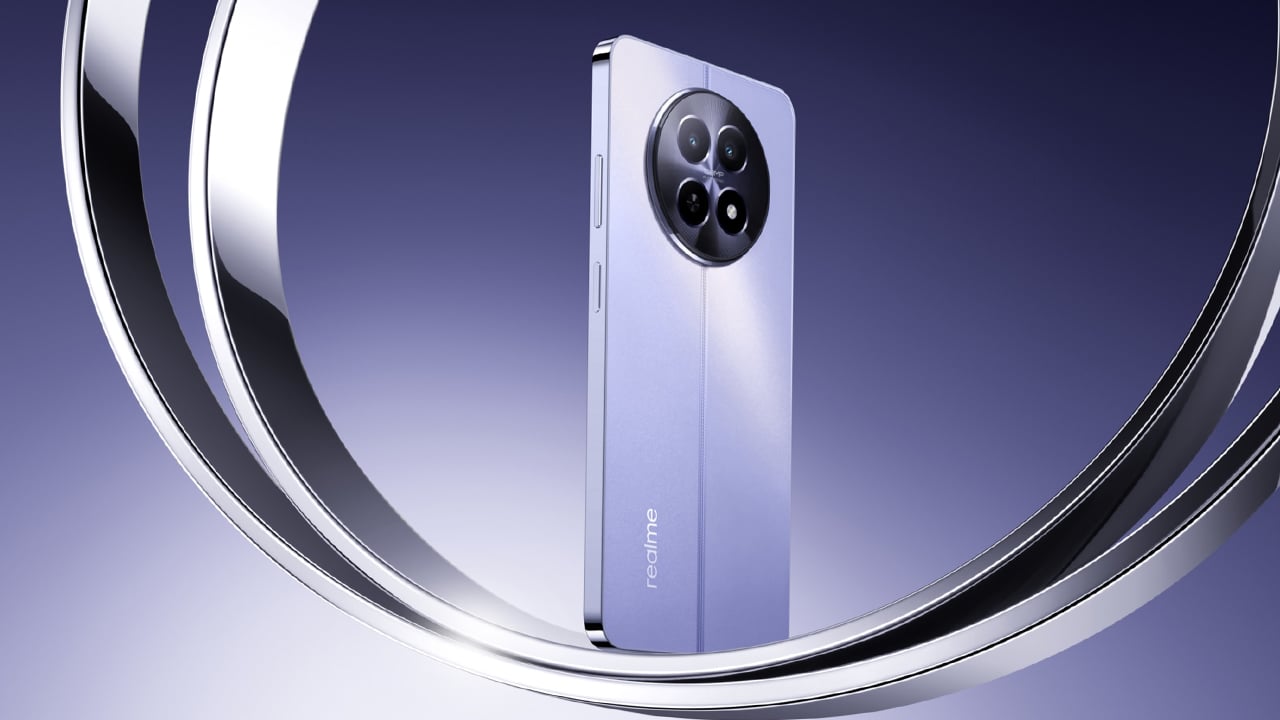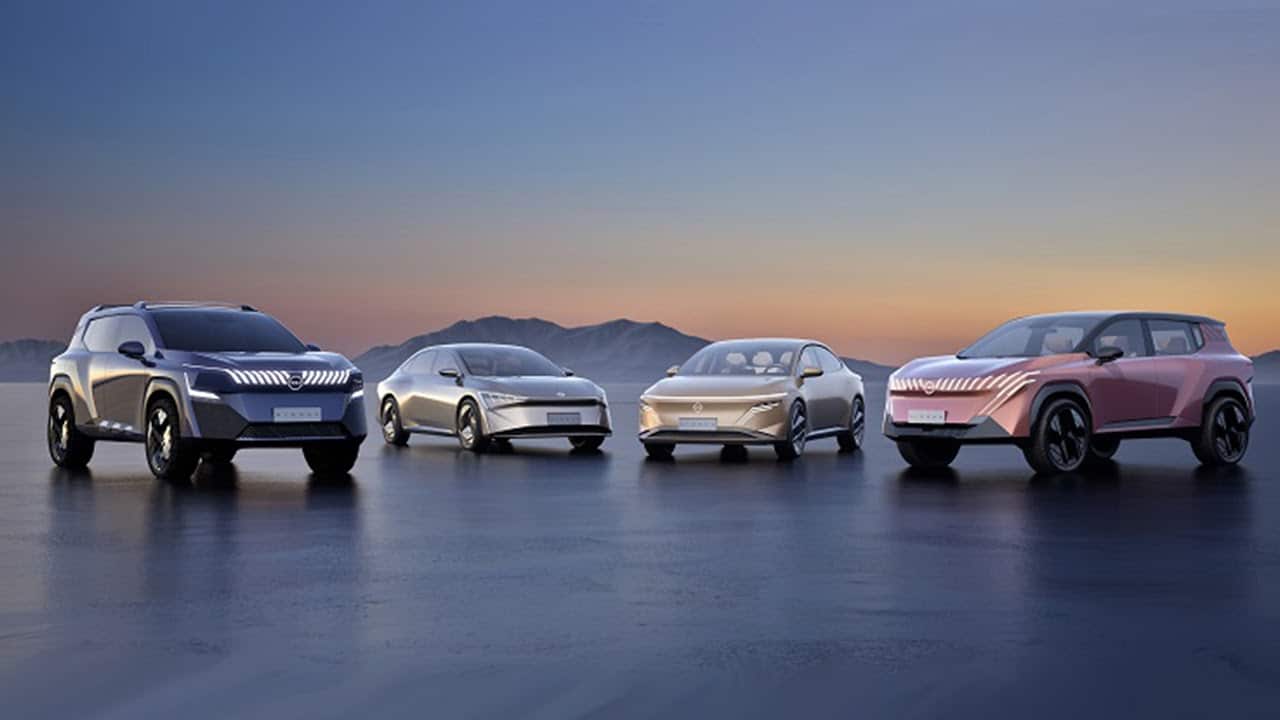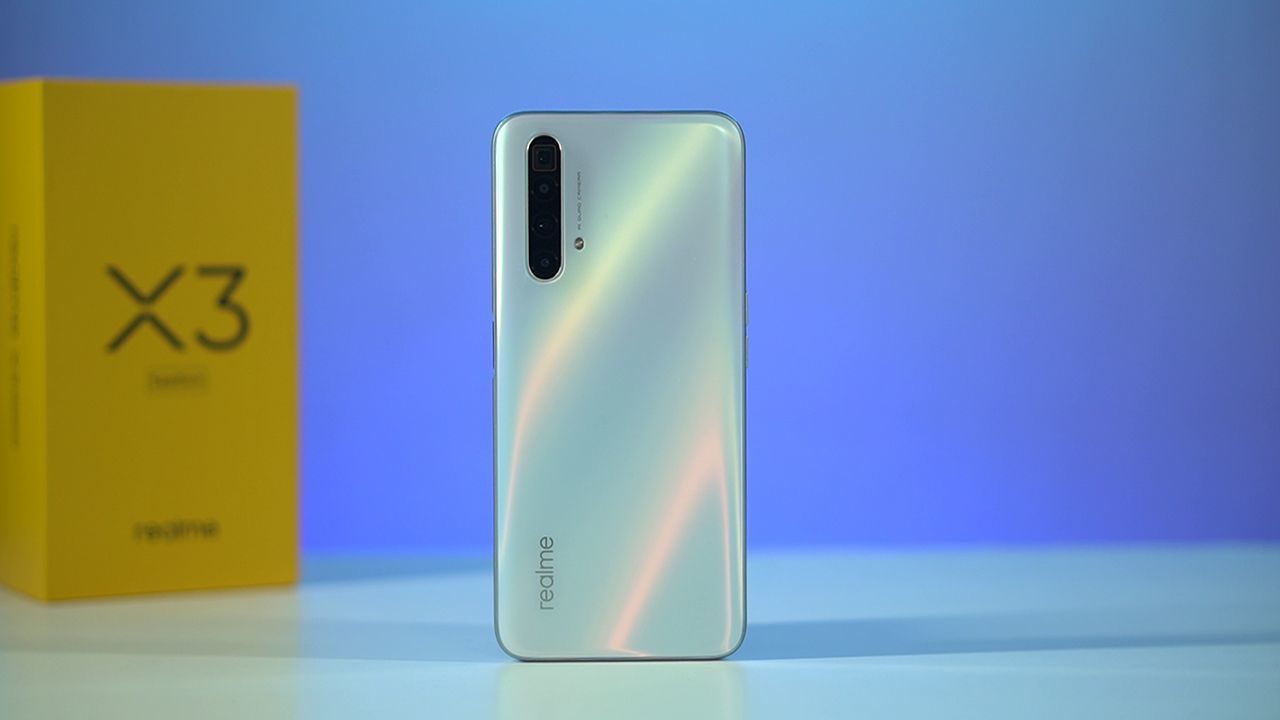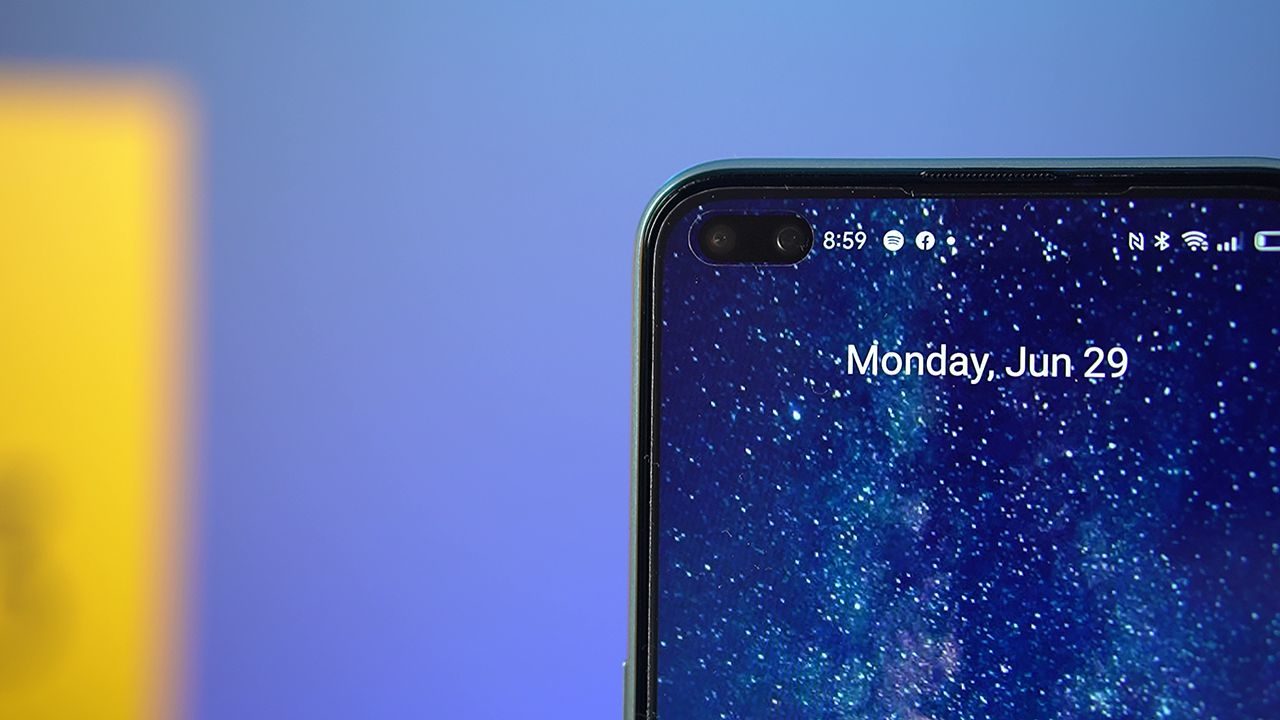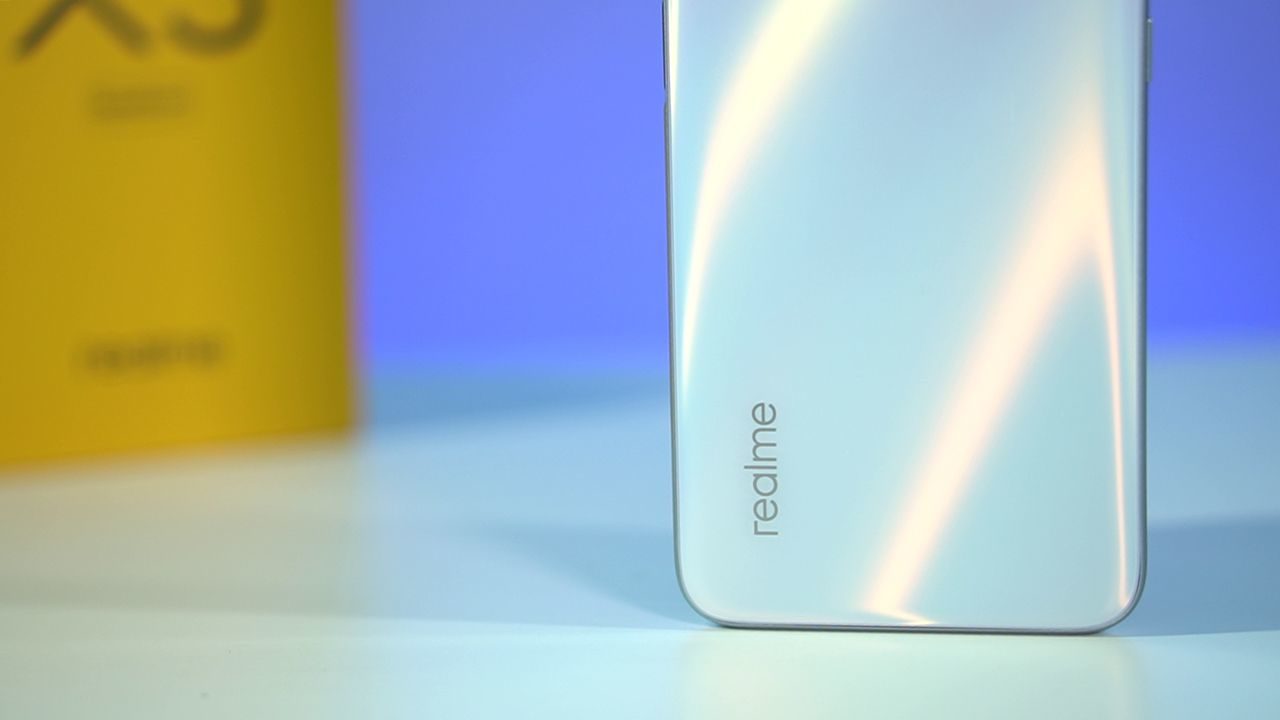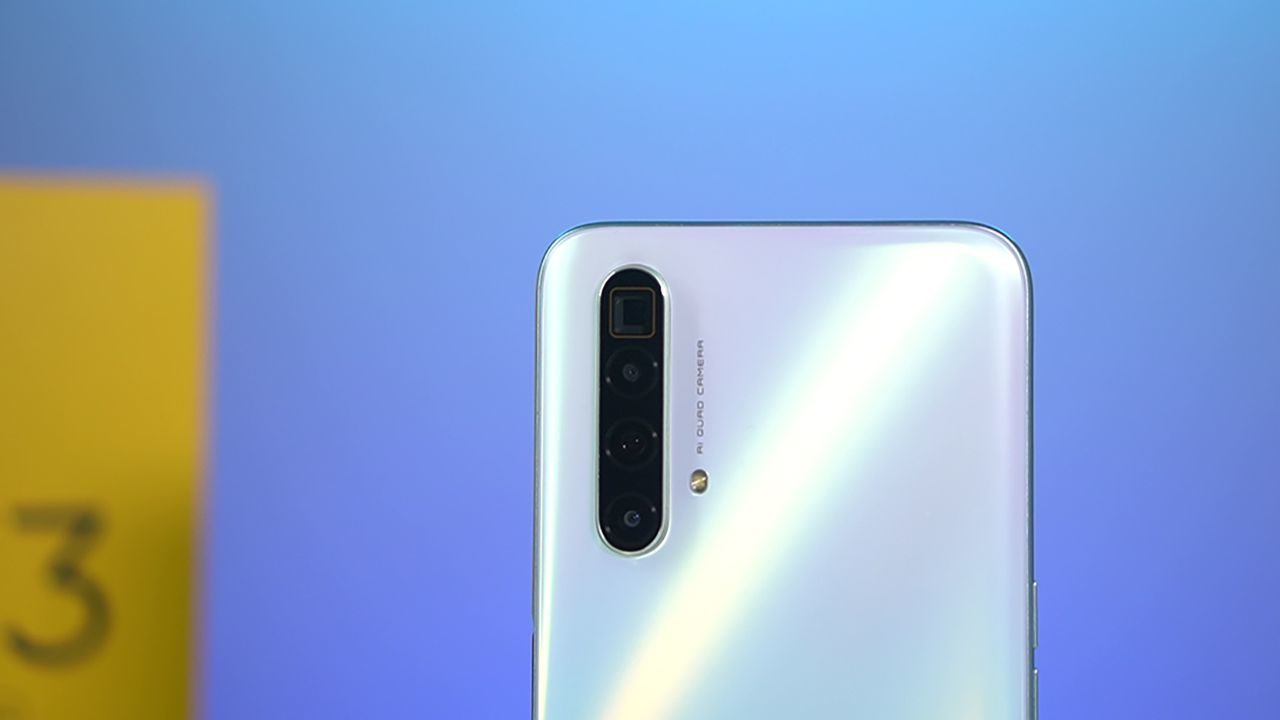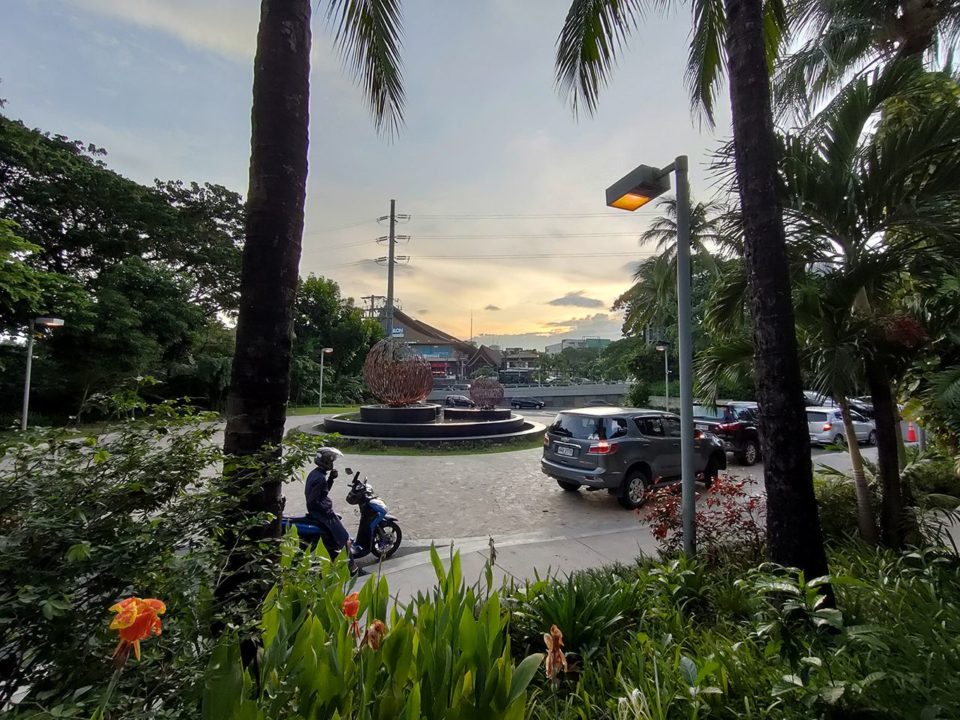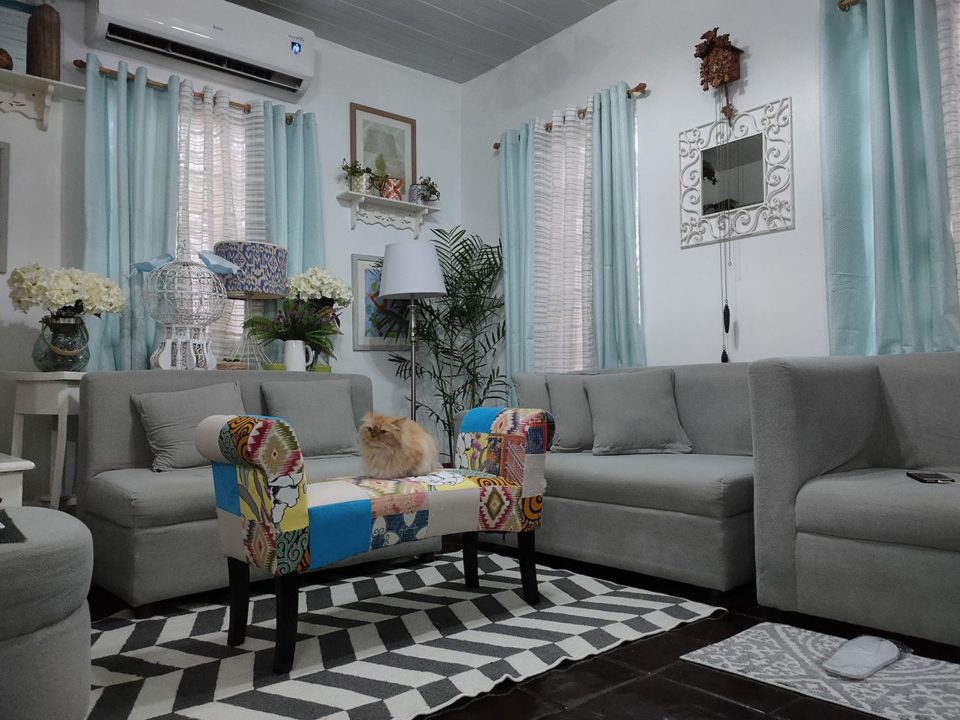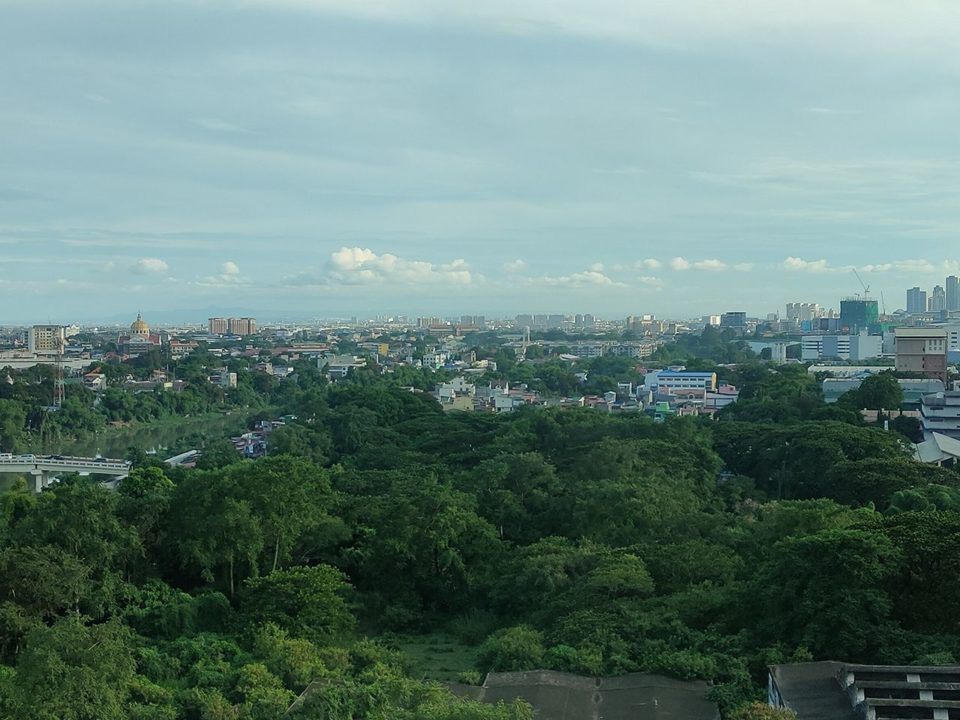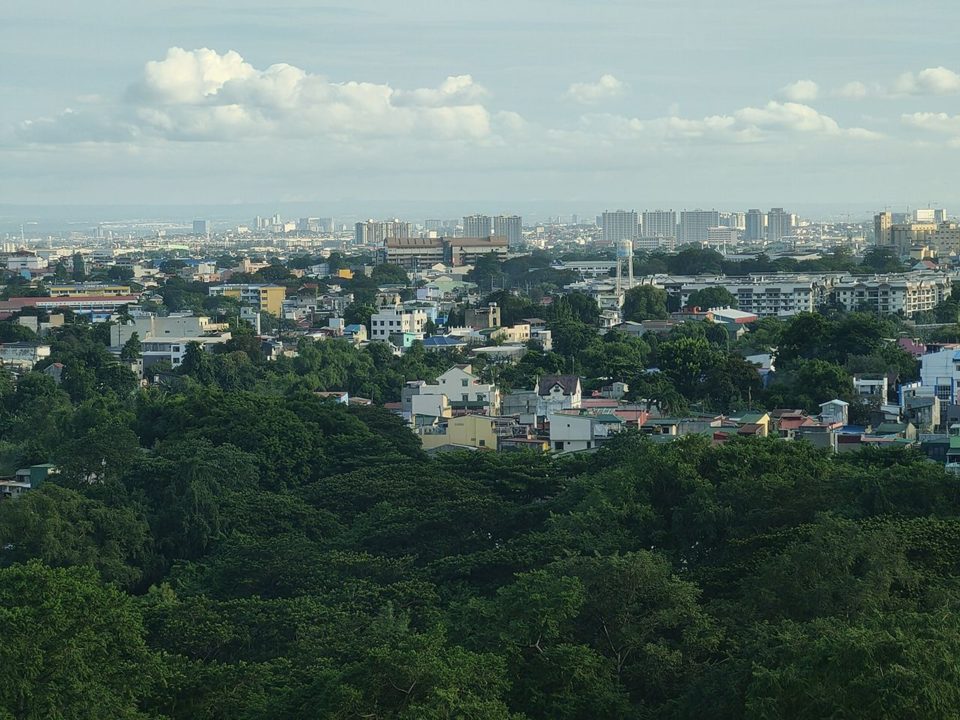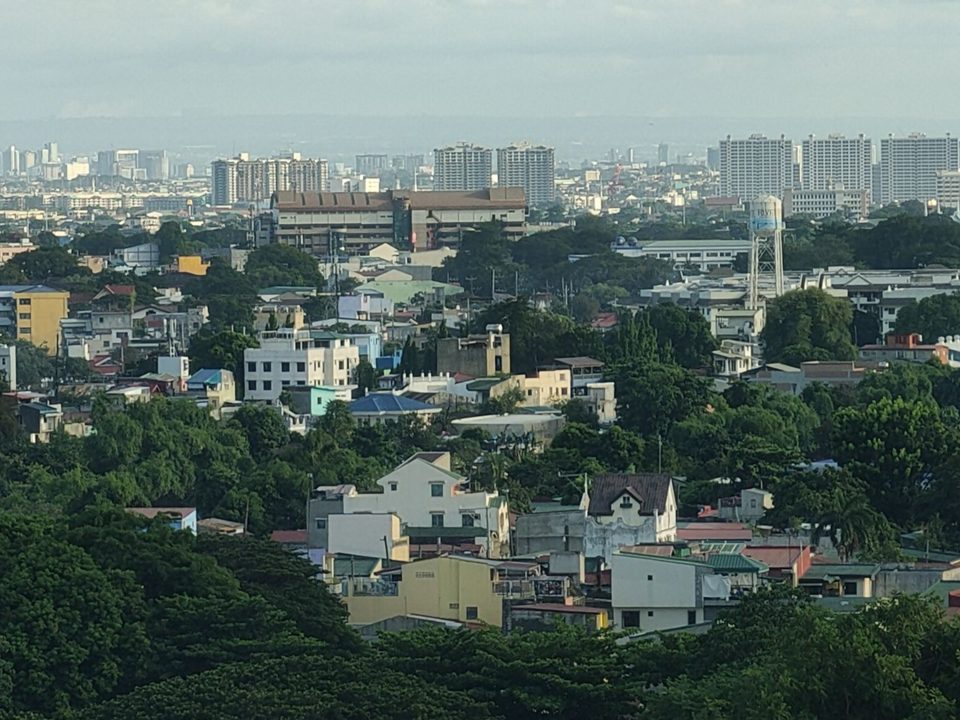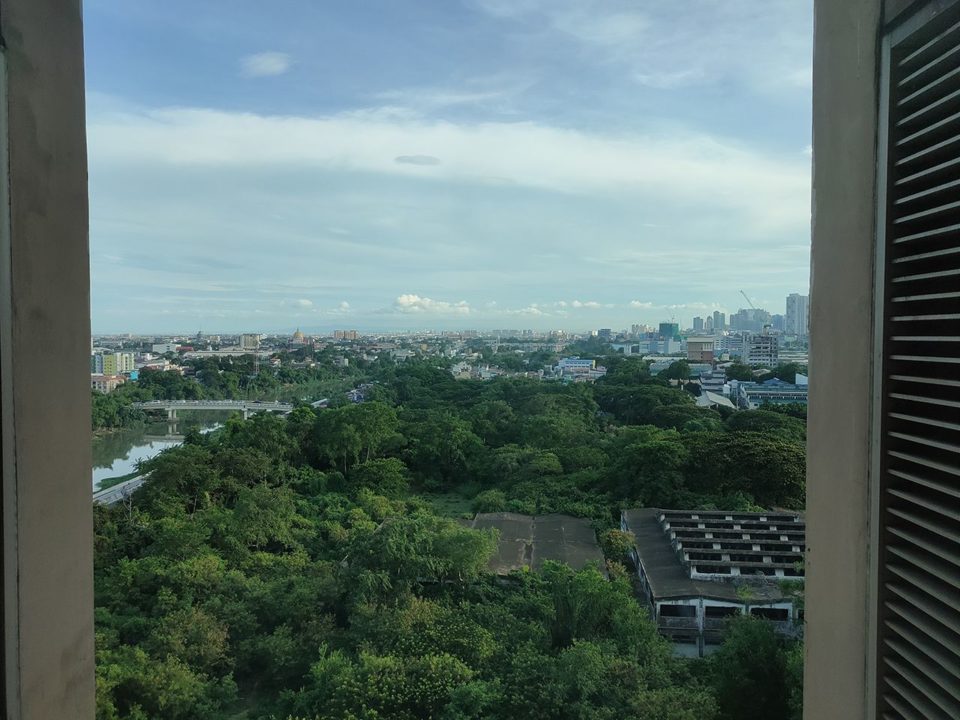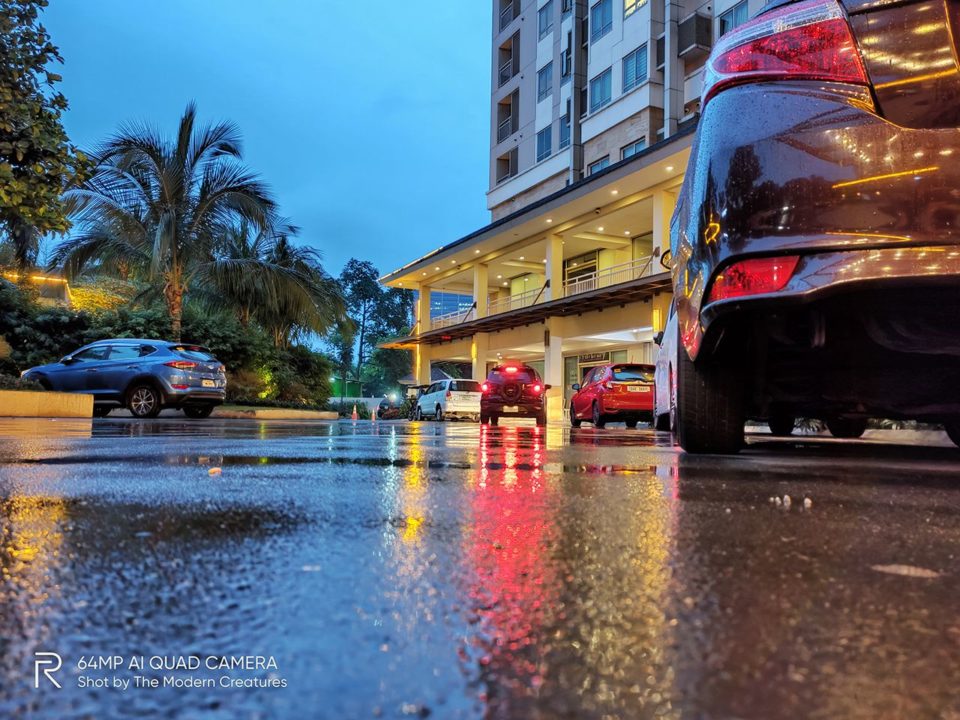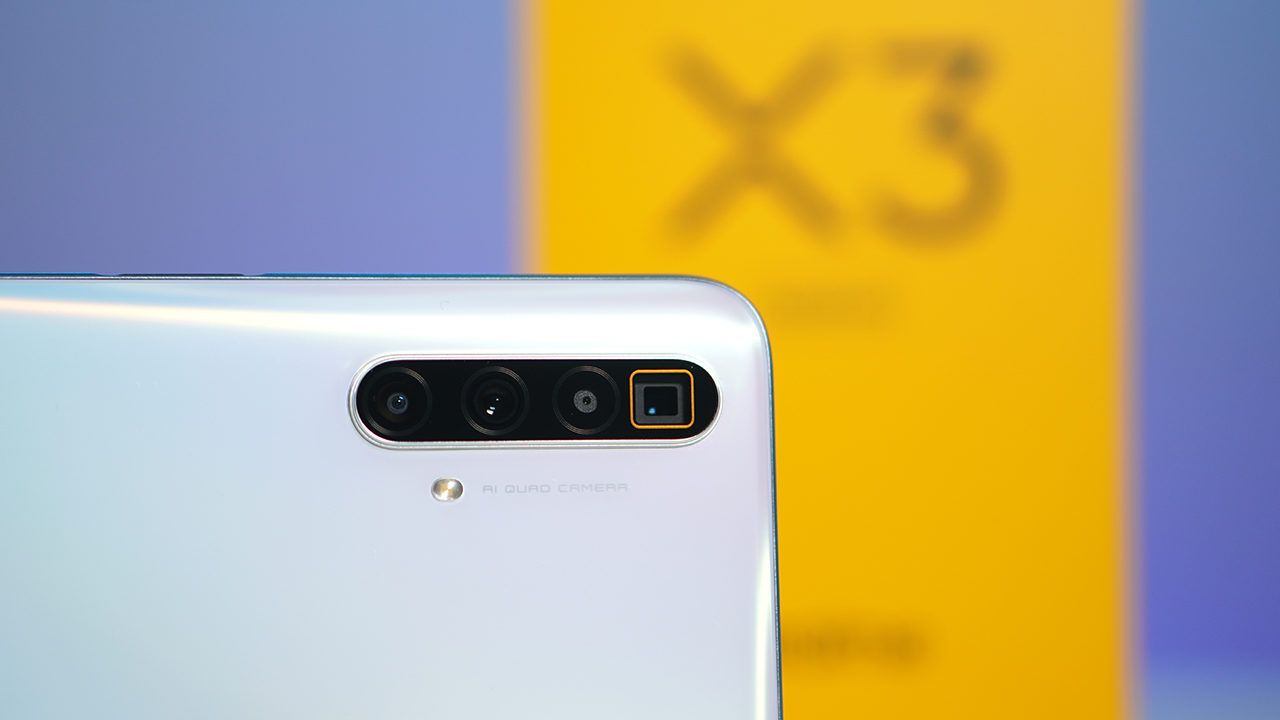Early-generation flip phones weren’t exactly renowned for their stellar camera setups but fast forward just a few years later and we have the OPPO Find N3 Flip – proudly flaunting the crown of being the first flip phone decked out with three cameras. And that count isn’t just for show — we have flagship shooters on this little flip and, of course, that got me excited.
Because good cameras, like gooooood cameras, have been pretty elusive in the flip phone scene and I’m always excited to take a look at the newest improvements — especially in the camera department.
Specs rundown
Setting the OPPO Find N3 Flip apart is its triple rear camera ensemble, featuring flagship lenses with dedicated sensors. The main shooter boasts a formidable 50-megapixel lens with a Sony IMX890 sensor and optical image stabilization (OIS), while the telephoto lens, armed with a 32MP Samsung S5K2GN1 sensor, offers 2x optical zoom for those up-close moments. Completing the trifecta is the 48-megapixel ultrawide lens with a Sony IMX586 sensor.
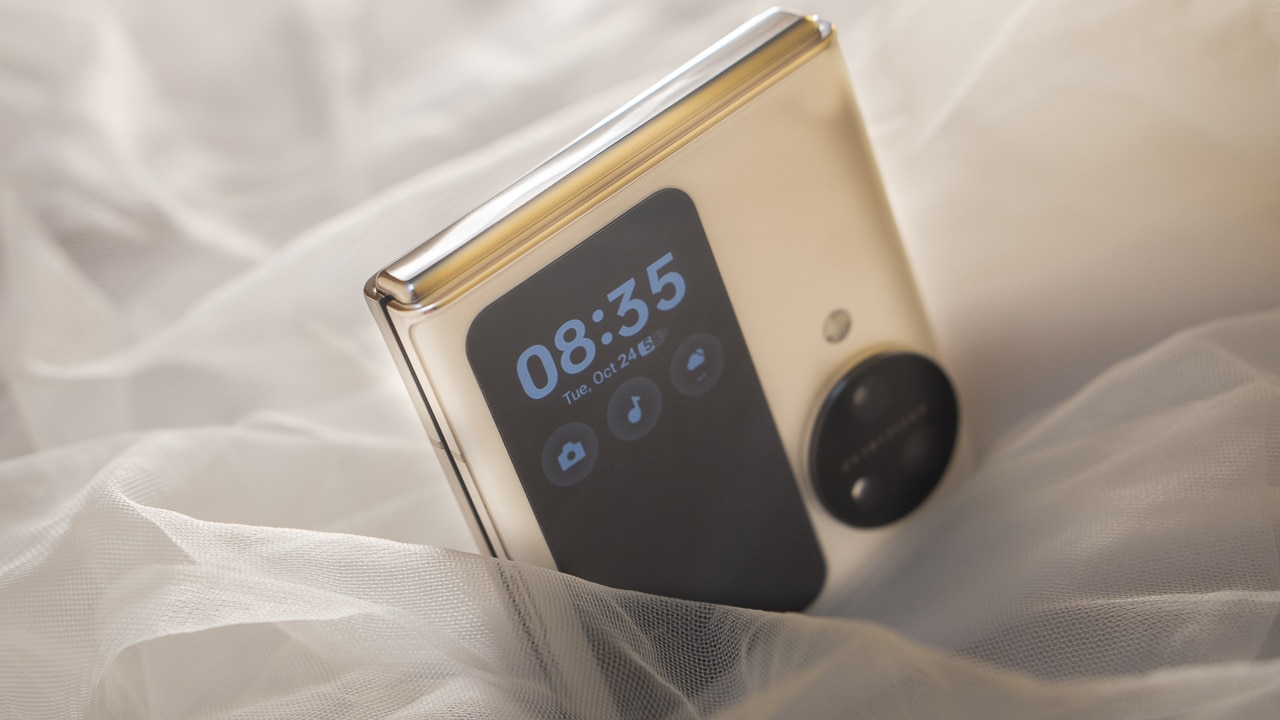
For the front-facing camera, we also have a high 32-megapixel shooter with its own Sony IMX766 Sensor.
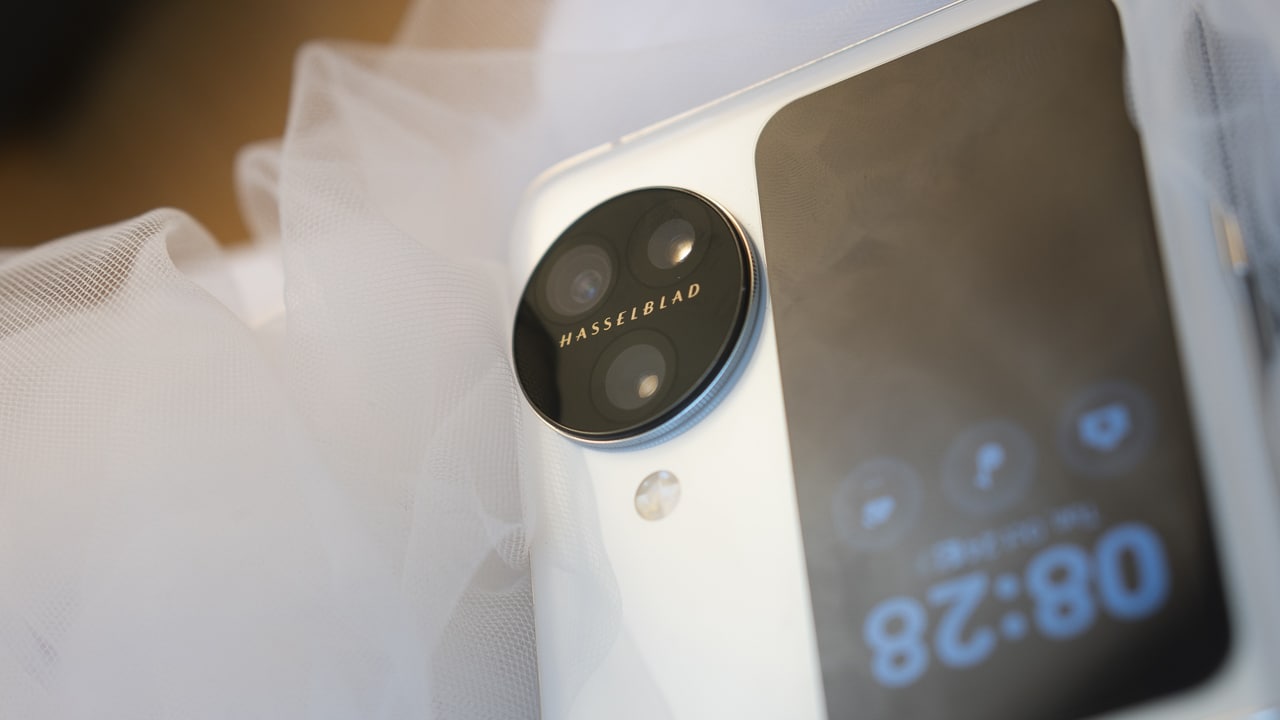
On the software side, we have Hasselblad color calibration which gives you those gentle natural colors, you’ll see later on. The SuperVOOC Imaging Chip helps with those low-light shots by improving dynamic range and noise reduction.
Form factor made for hands-free photography
The most-wanted cameras for content creation or otherwise would most likely have a flip display. Why? Because you’re given the freedom to move while still keeping a visual of your capture. It’s essentially what flip phones are trying to do as well — a large part of its charm really is its versatility.
Fold it halfway and you can prop it up on a table for easy selfies or even as a hands-free way to do video. Couple that with the new interval timer and you can create your very own photo booth or even shoot quick burst shots, again, hands-free.
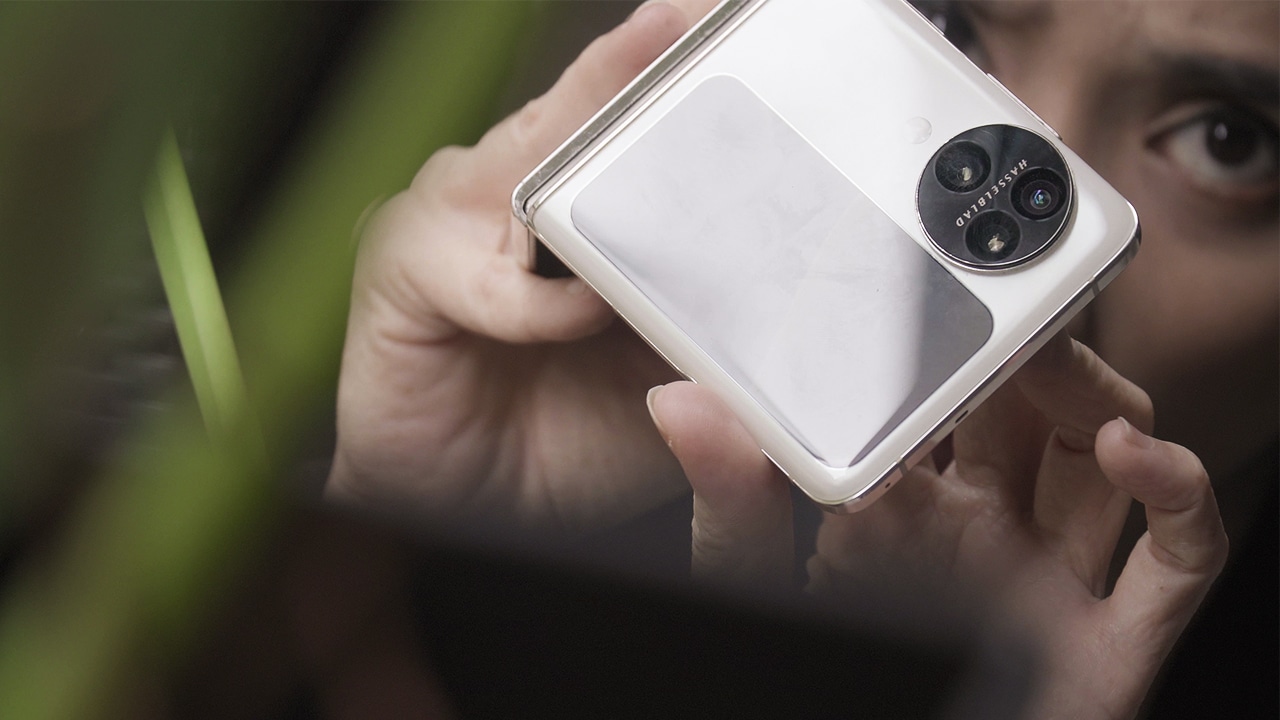
You can also tent it and flip it over to get a lower angle on that camera — great from OOTDs or wide street shots. And you know that current trend of taping your phone to the ceiling for a dramatic top shot? No need to guess your framing since you can use the phone’s cover display and gesture controls to easily recreate the look.
Bottom line, the flipping aspect of flip phones is no longer the most exciting thing but rather, the experience. Flip phones can help you find new perspectives in photography, combined with the cover display and other photography features, it’s a fun little tool to explore your creative side
Camera review
Alright, let’s dive into the nitty-gritty of this review starting with those rear cameras.
The triple-lens setup delivers high-quality photos across focal lengths with the ultrawide being the weakest – but still not so weak. Dynamic range? Impressive. The Find N3 Flip does a commendable job balancing shadows and brightness in tricky scenes. Soft natural bokeh is achievable on both main and telephoto lenses outside of portrait mode as well.
And speaking of the telephoto lens, its detail retention is commendable. You can still make out smaller elements in a frame though of course, the digital 5x zoom works best in bright light.
A favorite returns — Hasselblad tuning helps produce photos with colors that are nuanced and natural – not a tinge of oversaturation for the most part of the spectrum albeit with a slight quirk under blue light.
Color is consistent between lenses, as well, ensuring a seamless transition when switching from one camera to another. Switching from ultra-wide to the main camera causes little to no shift in color — a common trait of smartphone cameras — so I appreciate this attention to detail.
Post-processing maintains a gentle touch, avoiding the common pitfall of oversharpening seen in many smartphones. While it unexpectedly stumbles low-light conditions, requiring a steady hand and patience, impressive results can be achieved in the right conditions.
Switching gears over to video. Quality, while not exceptional, is good and dependable; still keeping things as real and natural with color reproduction. You have OIS on the main lens only which helps smooth out movement. For every other lens, however, we do only have electronic image stabilization (EIS).
Warping isn’t uncommon but not that intrusive. You also have LOG recording in Movie Mode should you ever need to grade your footage in post.
General conclusion, if you’re hoping for true flagship quality video, you may not find it here but quality still holds up for casual creators.
Front-facing camera
Around the front, the 32-megapixel is out to do your face some justice. Natural skin tones are easily achievable thanks again to that Hasselblad color. You’ve got wide and close-up options too which both do just as well as the 1x.
But much like my first experience with the OPPO Find N2 Flip, I rarely used this camera. Why when you can take high-quality selfies with the rear camera, right? Here are some samples and I’ll let you be the judge.
Pain points
While the OPPO Find N3 Flip dances gracefully through the realms of photography, it does stumble a bit on certain notes. One noticeable hitch is the somewhat lethargic shutter response. Even in good light, there’s a slight delay that might make you miss a shot or end up with a bit of motion blur.
It’s a hiccup, but it’s not stealing the spotlight from the overall experience.
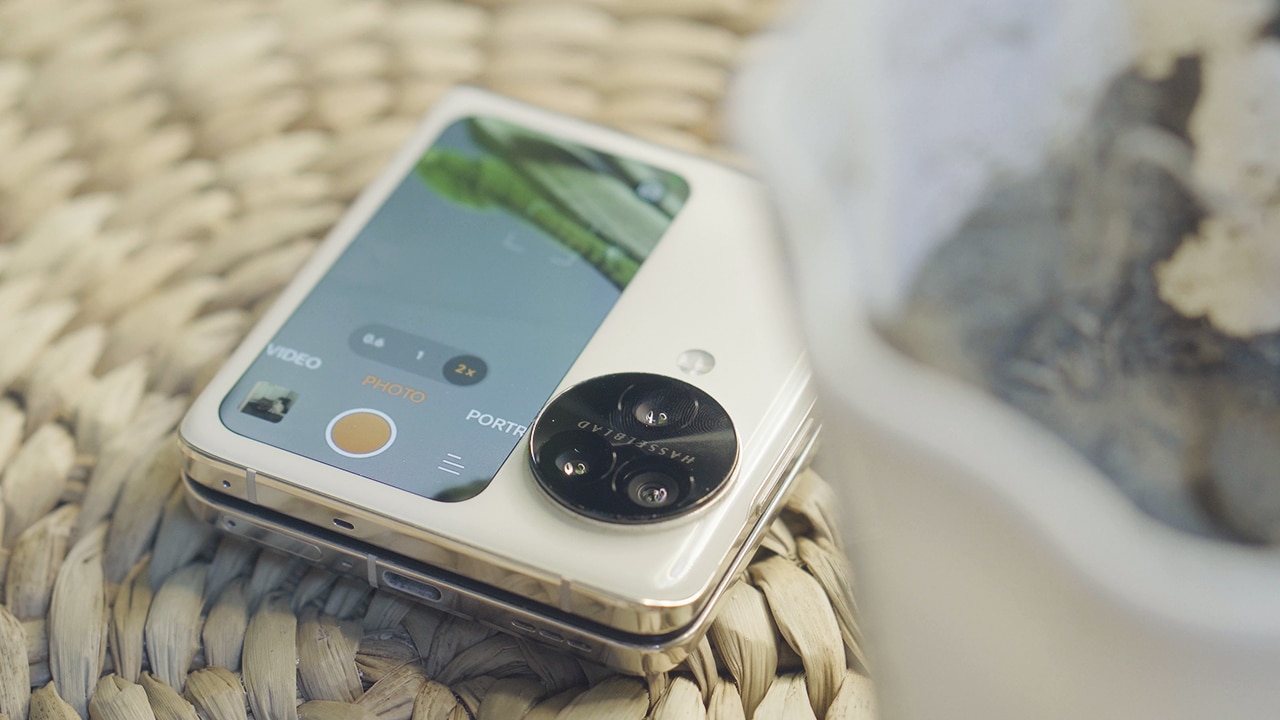
The ultrawide lens introduces a touch of distortion, though not overly dramatic. And one of my personal frustrations are the gesture controls. It’s just not as responsive as I want it to be, occasionally struggling to recognize palms and prompting awkward arm waves.
Another complaint I have that really surprised me was the lack of 4K video recording when using the cover display. I was honestly surprised at this given that the cover display/camera combo is designed to help you shoot but flip phones have their limitations and, well, it’s an unfortunate compromise. At least, in my opinion.
Looking toward the future, improvements in stabilization, low-light capabilities, and a boost in processing speed are areas the next generations could address.
Also a great daily driver
Before we wrap things up here, I do want to glaze over some notable features and specs beyond its cameras.
Powered by the Dimensity 9200 chip, the OPPO Find N3 Flip delivers reliable performance, though occasional dips are noticeable during multitasking. I would often get a “Phone running Slow” if I forget to close down apps but overall, as a daily driver, it handles well.
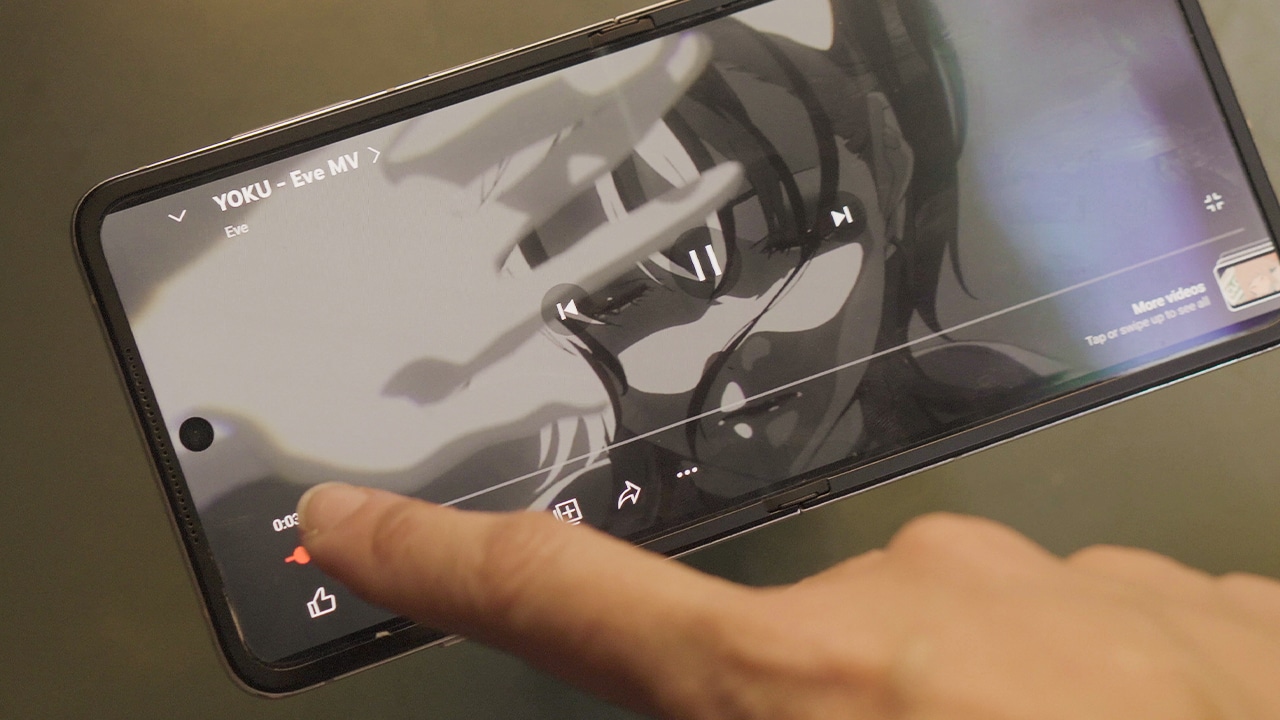
The device’s 4800mAh battery, coupled with fast charging, surprisingly lasts well into the night for a flip phone – a rarity in the realm of dwindling mid-day battery woe of the usual flip. And it’s a BIG improvement from last year’s model which lasted only about half a day with average use.
The 6.7-inch FHD+ AMOLED display is nice and bright with a barely-there crease, though it does struggle under the noonday sun. With 120Hz, you can enjoy smooth animation. It also has Corning Gorilla Glass Victus protection for the main display and Schott UTG Glass for the cover display.
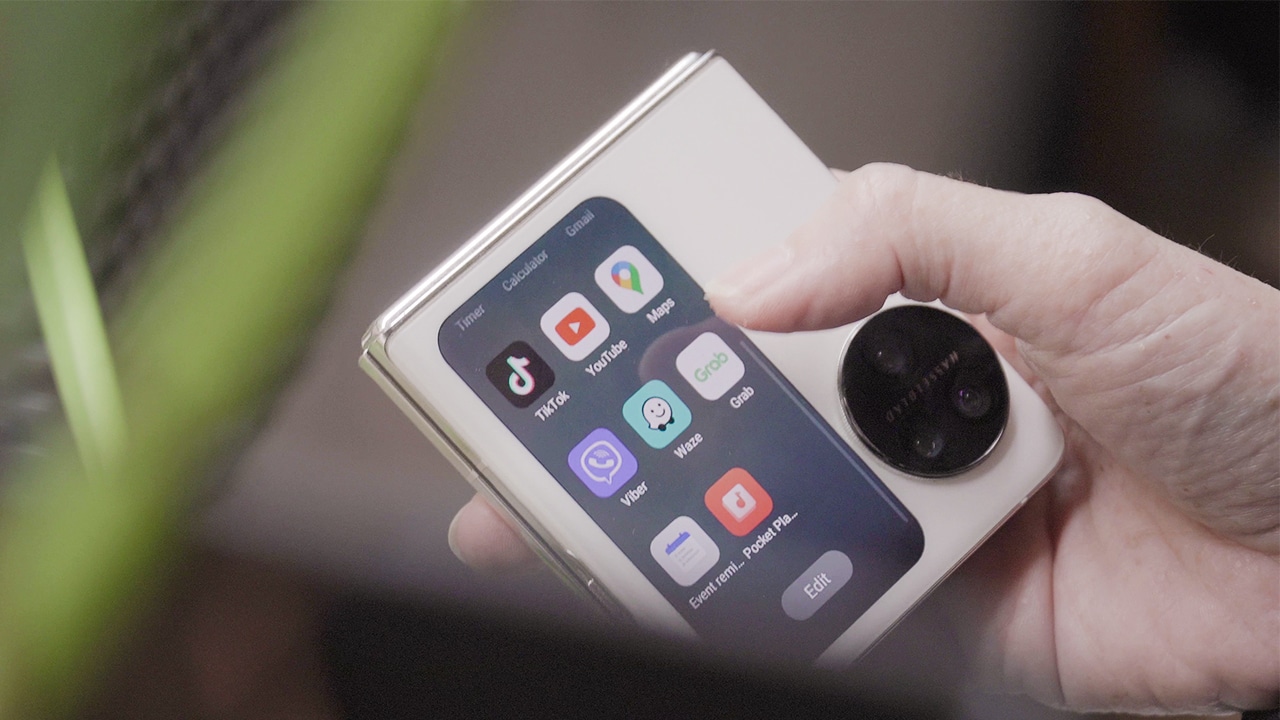
Speaking of the cover display, it does remain the same size (3.26-inch AMOLED) but you now have access to full apps. You can type in replies using the little keyboard though I find myself opting for voice input more often. I would like more apps but the selection isn’t bad considering this isn’t too much of a productivity-focused phone that it is a flip phone for content creation.
Additional caveats include no wireless charging here and just an IPX4 rating so a bit of care needs to be exerted. And finally, while OPPO assures the increased durability of its hinge, it does have a tiny bit of a wobble that causes me a little worry — though it could just be paranoia.
Final thoughts and wrap-up
Admittedly though, I haven’t tangoed with competitors like the Z Flip 5 which might make me a little less of an authority on this but in my time with the OPPO Find N3 Flip and its cameras, I’ve found they’re a delight in their own right.
Yes, there are those occasional hiccups like the slow shutter and sporadic lags, but it doesn’t overshadow the overall experience. When you pit them against non-folding phone counterparts, you might sense a slight dip in performance, but the quality? You’ve got a really capable shooter for a flip.
Would I recommend it to everyone? Of course not. As usual, and as with any piece of technology or thing really, it’s all up to you. I value camera quality quite a bit and I’ve always wanted a flip too. So combining these two features very well made me feel more like the OPPO Find N3 Flip is a better match for me.

If you value other things beyond camera quality, like productivity, for example, you might find features like the smaller cover display and few app choices a little limiting.
But with how its moving, OPPO might just be setting the pace for flip phone cameras. It’s impressive how far these modern foldables have come in such a short time. And while the Find N3 Flip certainly has its quirks, it had a purpose that was achieved – to offer the best flip phone cameras it possibly can.
Pricing
The OPPO Find N3 Flip is available in select countries and regions, at the moment, including Europe and Asia. In the Philippines, the OPPO Find N3 Flip retails for PhP 64,999 (approx. US$ 1,153) with two colors available.













































